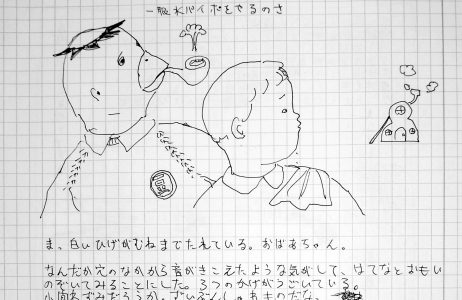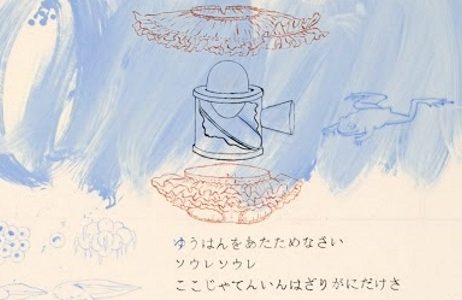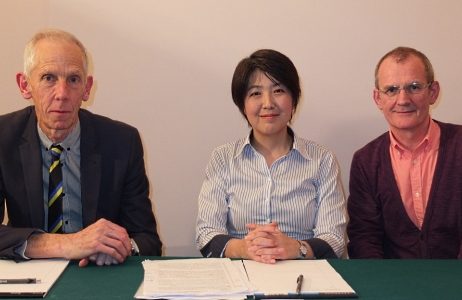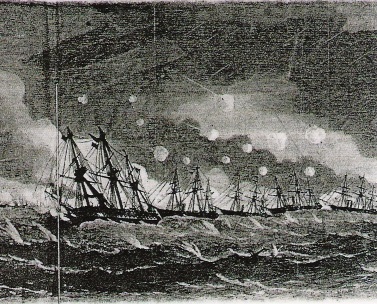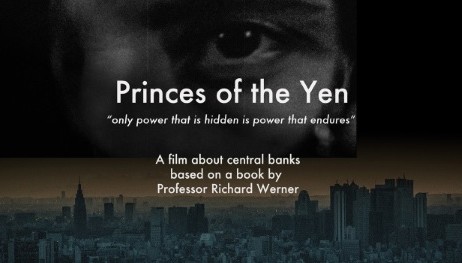7 December 2015
Woman Who Brings the Rain: A Memoir of Hokkaido, Japan By Eluned Gramich
As precise and nuanced as Japanese calligraphy, this memoir of Eluned Gramich’s stay on the remote Hokkaido island in the far north of Japan, has at its heart the mountain, Yotei-San, the region’s iconic equivalent to Mount Fuji. Dan Bradley joins Eluned in conversation to discuss her experience of living in the shadow of the omnipresent Yotei-San, and how this time in rural Hokkaido inspired her writings of the natural world.
More info


